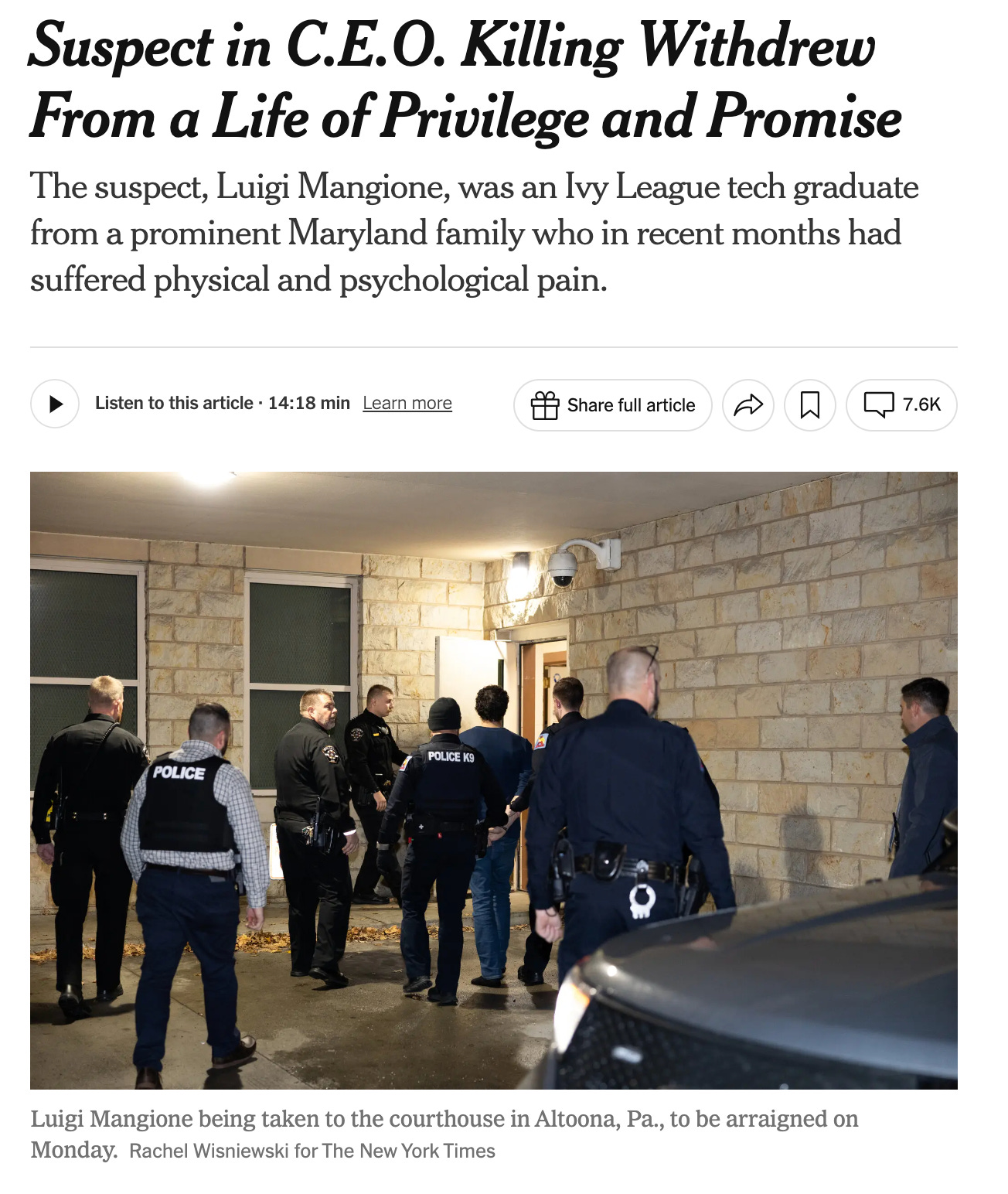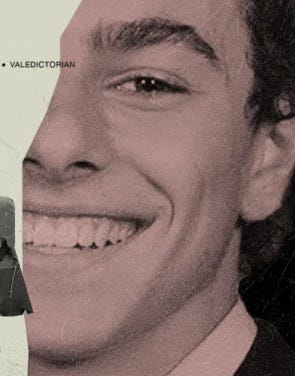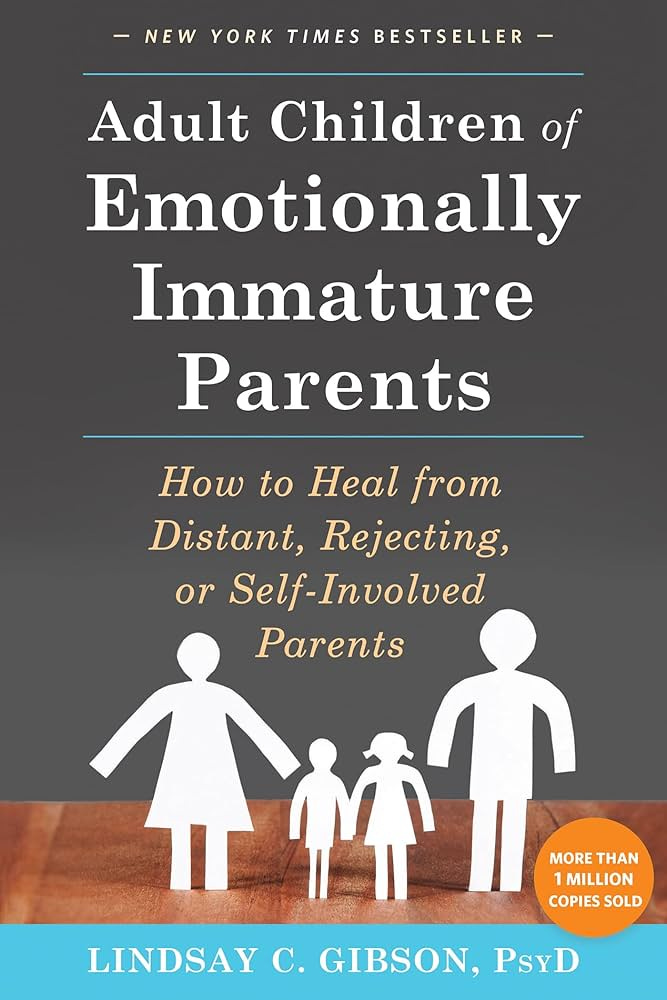On the surface, my next novel YOUNG WORLD is a sexy geopolitical thriller. But at heart, it’s a murder mystery. Almost everything I’ve ever published is a murder mystery (each of 6 novels in The School for Good and Evil series, The Princess Game, a couple stories in Beasts & Beauty) — which suggests my unconscious is obsessed with murder, so I guess I should try to understand why.
Part of me thinks it’s because I enjoy the challenge of a whodunit, the gauntlet to stump and surprise an audience over the long haul. Those are the books I loved most as a kid (Agatha Christie, Nancy Drew, Encyclopedia Brown — though E.B. dealt more with missing roller skates than headless bodies.) But lots of people like reading such stories without feeling compelled to write them. There is a deeper thrill in plotting a murder story, certainly. Titillating and visceral, which is shameful to admit, but it could also be a bodily response to a fear that murder is even possible. By controlling it as an author, maybe I make it less frightening to myself?
What I do know, for sure — murder is the ultimate desecration, the denial of another human’s life by your own decree. It’s a God-like assumption of power that fundamentally betrays the soul we’re born with. Children are not born wanting to kill. Which is why, whether it’s on the page or off the page, when a murderer comes to light, we demand to know why.
Enter Luigi Mangione.
A 26 year-old, with everything going for him, and who instead used all that momentum to target someone who he didn’t know, who’d never harmed him personally, whose death would result in no material benefit to anyone.
A murderer where all the ‘why’s’ make no sense.

Having spent the last 2+ years plotting an intricate murder thriller, I’m looking at all the pieces to this puzzle and remain befuddled.
So how about this. Let me lay out some thoughts the way I would lay out a murder case. With clues. And we’ll see if we get anywhere by the end.
#1: There’s something Joker-like about this whole endeavor.
He’s put messages on the bullets, carried a manifesto, and made little effort to evade being found. As if the murderer was just a means to an end — the end being infamy. In which case, the plan has been extraordinarily successful. Merch, memes, and already over $100,000k raised for his legal defense in less than 12 hours. But if the goal was infamy, does he have a plan of what to do with it? The Joker would. Not a comforting thought. All eyes on the trial ahead.
#2. Part of the mystery is that we can’t sort out his character. Judging from his Goodreads, his ideology is all over the place. So, too, are the archetypes his friends present — nerd, fratboy, jock, gamer, playboy, incel all at once. He’s everything and nothing.
At once a fabulist and fantasy.
Fantabulist, then. A soul that leads to sleuthing and inquiries just like mine, but ultimately leads to a dead-end.

#3. His attractiveness is fundamental to the audience response.
I remember thinking when I first saw his photo: “Oh no. He’s gorgeous.” Oh no, because a) why am I even thinking about a killer’s appearance, and b) it instantly made me more sympathetic, which is proof that our circuiting as humans is profoundly glitchy.
Newspapers and editorials have finger-wagged at us all week, telling us not to make Luigi a folk hero, demanding we appeal to our better angels. But it’s not so easy. (I sense the journalists berating themselves more than us.) Truth is, the young, beautiful criminal is the stuff of eternal legend — Robin Hood, come to terrorize the rich — and any mischievous writer of fairy tales knows to make their villains gorgeous, because it complicates audience sympathies, especially when these villains have ‘noble’ intentions.
We are in the trap with Mr. Mangione now.
#4. He moved to Hawaii to soothe his brain fog. Then, went to meditate on a mountain in Japan for months to read and write and sort out his life. And after all this, he comes out with a plan… to kill?
Somehow in stillness, nature, peace, he found not a pathway to equilibrium, but a call to violence. That’s a twist in the story that even I, a fantasy writer, couldn’t make work.
#5. In both real-life and fiction, a murderer is elusive, because those who know them are privy only to the public face they put on. But in a novel, usually the author puts a crack in the facade. Someone who knows the true person behind the killer. Who can trace the dissolution.
And that someone? Either A) Love or B) Family.
But love here is a dead-end — there’s no dating life to speak of. (‘He matched with me on Tinder!’ is the best we’ve got. A yoga instructor in Hawaii.) Family is even stranger. He’d disconnected from them for the past 6 months, but only in the last few weeks, it seems, did they file a Missing Person report. (Of note in his Goodreads list, the book: Adult Children of Emotionally Immature Parents.)
No one knew how to find him, then.
Physically.
Emotionally.
#6. Like Luigi, when I was 23, I also had crippling back pain. The kind that makes you not want to live very long. I couldn’t sit for any length of time. I thought about the pain 24/7. Not a single treatment worked to alleviate it. Doctors recommended surgery, though no one could agree on what the surgery would be.
But I turned out to be lucky. Because I liked bookstores. And in the now-vanished Barnes & Noble on 66th & Broadway, I found a book by John Sarno called Healing Back Pain — a book that posited that just as ulcers in the stomach were usually sublimated stress, so too were most disorders of the spine. And if there was one thing I knew, it was that I was under stress. New city, just out of the closet, far away from family and friends, in a pharmaceutical consultant job I haaaaaated… Focus on the stress, Sarno said, instead of the pain. The one and only cure.
Within weeks of reading that book and the rest of Sarno’s catalog, all my back pain had vanished, and instead been replaced by the stress that had manifested it. This led to a nervous breakdown / existential crisis, much more harrowing than the bodily pain. But I found my way out.
By 25, I was in film school, on a long, but sure road to this moment right here.
The pain never returned.
Why do I tell this story? Because Luigi’s back pain seemed to come to an end, not with any relief of stress, but with a pretty dramatic surgery last year. At least that’s what he told friends. That it had fixed the problem. In which case, his life should have been improved. A release from suffering.
And yet… If there’s one thing I learned from the Sarno books, you can fix the external pain, but it will return, if the source is internal.
I suspect the pain came back in a different form. This time, with a vengeance.
#7. The victim has been lost. And I haven’t sorted out why. There seems to be a fear of talking about him. As if anyone who does might find themselves a target. So instead, he’s been utterly forgotten.
#8. One of my top 5 favorite novels of all time is The Talented Mr. Ripley by Patricia Highsmith. (The 1999 movie is incredible too.) It’s about a young man who struggles to find his own identity and in an impulsive plot of murder, takes up another one. The details of the Mangione case are entirely different. But the livewire underneath is the same.
Mangione wasn’t content with all the gifts he had — looks, money, talent, intelligence, means... He wanted a different narrative. But when you have all those things and life still isn’t good enough? Then it’s a long way down indeed.
Have you ever found yourself obsessed with a real-life crime that you started analyzing like fiction?
Until next week —
xo,
Soman












Oh boy my mother's favorite subject murder. I grew up with ID discovery in the background and I definelty see the public mythologizing murders. I've seen it with Netflix Monster Series and Ryan Murphy glorifying Jeferry Dahmer well simultaneously implying an incest relationship between the Mendez brothers will never not leave a bad taste in my mouth. I liked the first couple of books by Holly Jackson A good girls guide to murder trilogy . I feel in the real world book Sophie would have a lot of felonies for the murder/ attempted murders she theorized. I love my murdering couple Nita and Kovit by Rebecca Schaffer. I can't say murder is downright evil because they're some cases where I feel the justice system fails and murder is an option. However people thristing over murders because of they're parasocial relationship with them is gross especially because some of those murders preyed on children. Literal children and that is never okay
This whole thing has been very disturbing. I like your take on all of it.